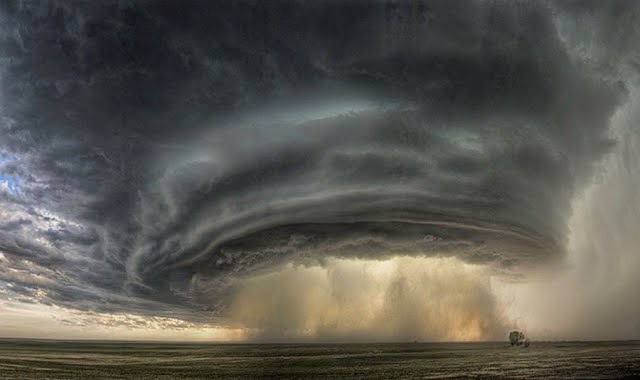#1 Tornadoes Come From Cumulonimbus and Cumulus Clouds
#2 Tornadoes Have Been Witnessed on Every Continent Except Antarctica
#3 Historians Aren’t Sure How The Word Tornado Came from Spanish
#4 A Funnel Cloud Is Only a Tornado When it Touches the Ground
#5 Hurricane Katrina Created Tornadoes All Across the East Coast
#6 When Storms Produce More Than One Tornado It’s Called an ‘Outbreak’
#7 Supercells Are Storms That Have Cyclones of Air Built-in to Them
#8 Some Tornadoes Can’t Be Seen
#9 There Was a Tornado 2.5 Miles Wide in Nebraska In 2004
#10 Tornadoes Make Infrasound Below the 20Hz Range of Human Hearing
#11 A Tornado in 1925 Traveled Over 200 Miles
#12 Tornadoes Have Some of the Fastest Wind Speeds on Earth
#13 There Are 3 Scales for Rating Tornadoes
#14 The ‘Hook Echo’ Radar Signature of Tornadoes Was Found in 1953
#15 Storm-Chasers Are Thrill-Seeking Scientists That Save Lives

















.jpg)




















